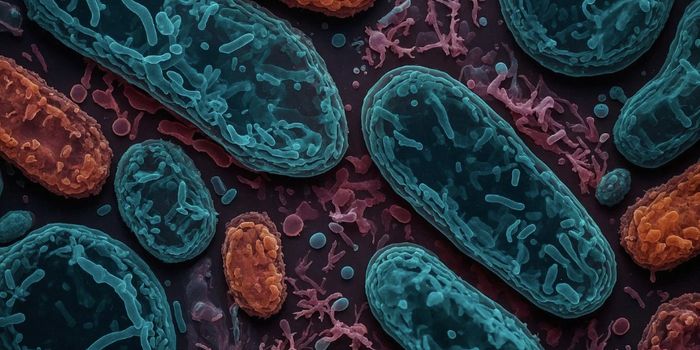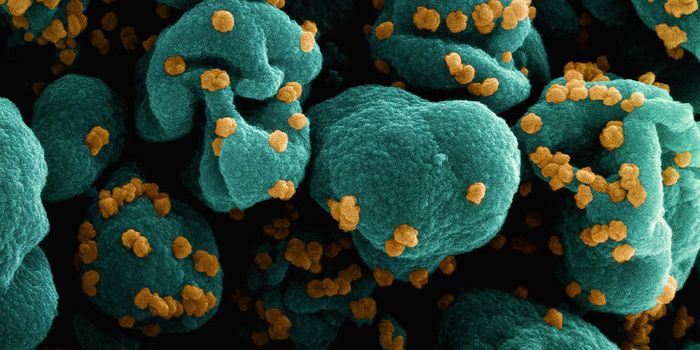Hybrid Antibiotic Can Destroy Dangerous Staph Biofilms
The human body hosts a wide variety of different types of microbes, including various strains of Staphylococcus aureus (also known as staph), which can normally be found in the upper respiratory tract of about one-third of people. Some strains, however, can be dangerous when they migrate to other parts of the body or bloodstream and are resistant to antibiotic drugs. When staph begins to grow on medical devices like implants used on wounds, artificial joints, or catheters, they can cause chronic, serious infections.
Researchers at the Queensland University of Technology (QUT) have now developed and tested a new class of antibiotics, and their initial results are promising. The antibiotics they created are hybrids and can penetrate staph biofilms, slimy colonies of microbes that are tough to eradicate. These hybrid antibiotics destroyed lab-grown staph biofilms. The work, led by Associate Professor Makrina Totsika and graduate student Anthony Verderosa, has been reported in Antimicrobial Agents and Chemotherapy.
"Biofilms are a sticky, slimy coating that often prevents conventional antibiotics from accessing bacterial cells," Verderosa explained. "We have developed a new breed of antibiotic that tricks biofilms into releasing their protected cells allowing access through the protective slimy coating of the biofilm. This allows for the biofilms to be eradicated."
The compound they made emits a fluorescent color that enabled the researchers to observe the antibiotic invading the biofilm, which kills bacteria directly or leaves them vulnerable to destruction.
Even infections not linked to a medical device can involve biofilms, noted Totsika; these drugs have a lot of potential uses. They might even be useful in biotechnology and agriculture.
"We are now gearing up to do pre-clinical testing," added Totsika. "What is promising is the fact that our compounds are hybrids of drugs that are already in clinical use as stand-alone therapies, such as conventional antibiotics and nitroxides, so this offers hope that they could be translated into clinical therapies in the not so distant future."
Drug-resistant bacteria are considered to be a leading threat to public health, according to the World Health Organization. There is increasing drug resistance among hospital-acquired infections, leaving patients susceptible to deadly infections and disrupting their recovery. This newly-created drug may help change outcomes for millions.
Sources: AAAS/Eurekalert! Via QUT, Antimicrobial Agents and Chemotherapy








